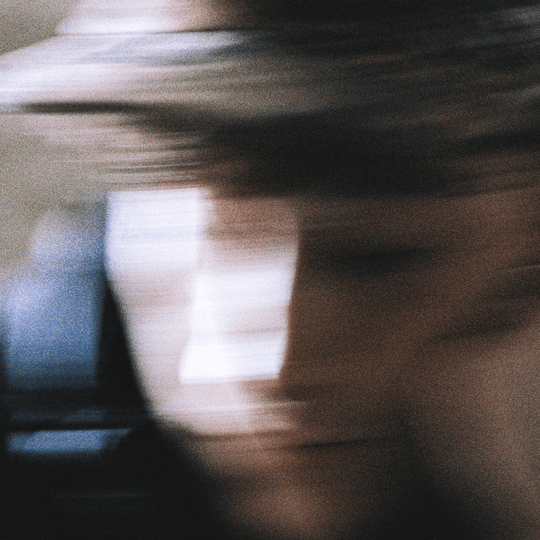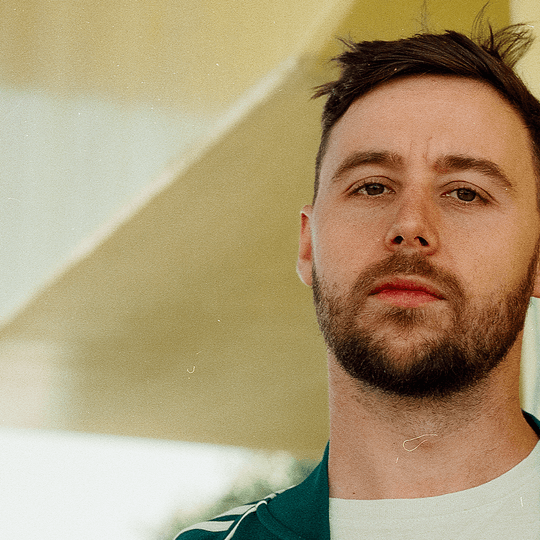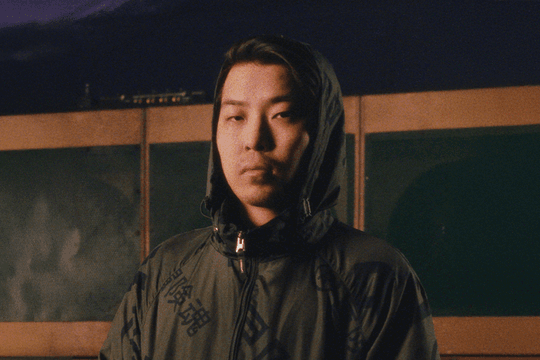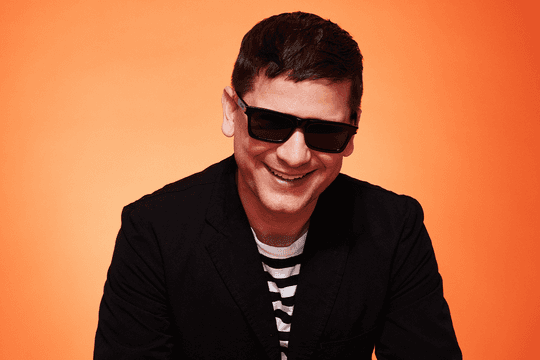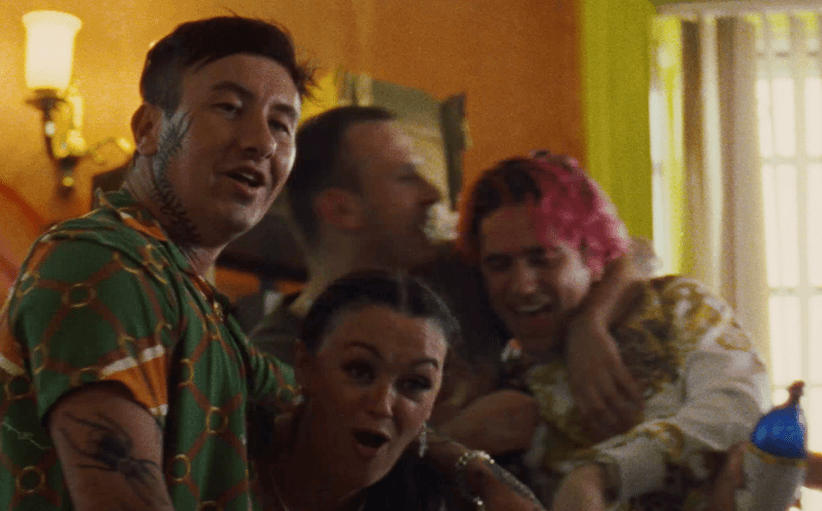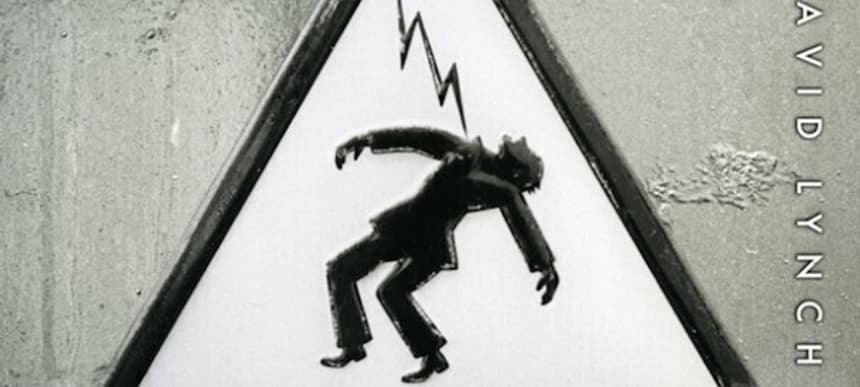
David Lynch - 'The Big Dream'
David Lynch’s career has been littered with odd bits and bobs, from writing a crude comic for nine years to staging an avant-garde play to broadcasting a daily weather report online to producing a documentary web series interviewing people around America to making documentaries about printing studios to public speaking advocating the merits of Transcendental Meditation. Without fail, these things are considered diversions or distractions from the filmmaking he is best known for.
Even though Lynch has been making music for years and years now, 2011’s ‘Crazy Clown Time’ was also viewed as a diversion. Like his other ventures, the album was viewed through the lens of it being a David Lynch record rather than as a worthy record in its own right. With ‘The Big Dream’, Lynch has made a much more confident and cohesive record than his last, but it still, frustratingly, can’t stop being a David Lynch record.
Stylistically, the album will be familiar to anybody who even has a cursory knowledge of Lynch’s work of the years. Old time sounds from Lynch’s youth – blues, ballads, rock’n’roll, doo-wop, etc. – are recreated as heard through his very particular worldview, the genres distorted through the gears of heavy machinery to sound neither retro nor modern but a hell of a lot murkier. There isn’t really anything on ‘The Big Dream’ that Lynch hasn’t covered before – Lykke Li doubles for Julee Cruise on bonus track I’m Waiting Here, Cold Wind Blowin’ could be anything from the Twin Peaks era (indeed, it’s essentially a guitar-led recreation of Questions In A World Of Blue from the Twin Peaks – Fire Walk With Me soundtrack), We Rolled Together isn’t much different to Imaginary Girl or I Know. And while there’s the bouncey and infectious Star Dream Girl and the likeably weird vocal turn on Sun Can’t Be Seen No More that do cover new-ish ground for Lynch, it’s not quite anything out of the blue.
What ‘The Big Dream’ does have over Lynch’s previous musical ventures is that it’s simply a lot better in the most immediate of ways. The songwriting is greater than on ‘Crazy Clown Time’, the electronic experiments are less awkward, and Lynch’s singing is more confident (although still not traditionally “good”, not that that matters). Wishin’ Well is a thoroughly worthwhile trip hop track, and the double-whammy of expansive (if a little, well, Moby-esque) The Line It Curves and lullaby-like Are You Sure makes for a lovely close to the album.
Sadly, these good things aren’t really enough to make the record great. There are no fundamental flaws on ‘The Big Dream’ but nonetheless it’s just not special. Overfamiliarity is the main problem, and it's made worse when combined with the album’s length. ‘The Big Dream’ is 13 tracks and 55 minutes long – at least five of the Lynch-by-numbers tracks that make up its running time could’ve been culled.
But another, less obvious problem with the album – and with ‘Crazy Clown Time’ before it – is an overall sonic one. Lynch’s work with producer and engineer ‘Big’ Dean Hurley carries a certain sheen that never quite feels right. When Lynch swapped film for DV on INLAND EMPIRE, the shift in format took with it the depth and definition of image that characterised his earlier films (such as the pitch black, shadowlike abysses in Lost Highway). Similarly, Lynch’s musical output from the 2000s onwards feels somewhat cleaner, clearer, hollower and more digital than the work he did with Julee Cruise, Angelo Badalamenti or Alan Splet. It’s befitting to Lynch in 2013, but it feels as if something is missing when compared to his best work.
‘The Big Dream’ is in many ways a step up for Lynch’s music, and indeed has enough on display to show that his music is more than a mere diversion from his visual art: but, simply put, it’s not rewarding enough in itself.
5/10
Sunday Best Recordings will release 'The Big Dream' on July 15th.



